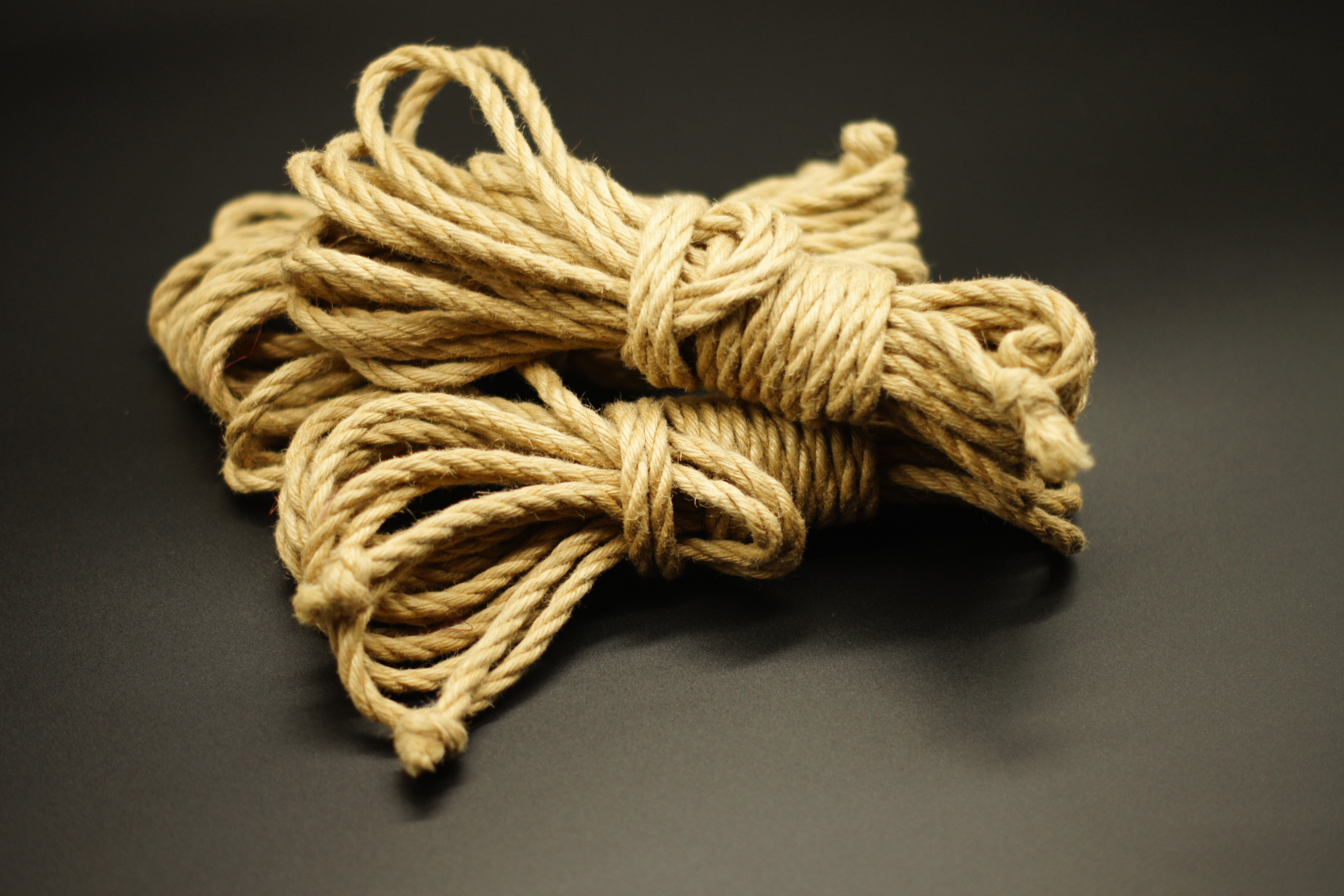The History of Jute Bondage Rope
A brief insight into the beginnings and past of jute rope in bondage.

Japan and the history of jute bondage rope
All kinds of bindings and rope materials have historically been used for rope bondage.
While rope had been used for restraint globally, it was the unique circumstances in Japan, and the Pink Revolution of the early 1960s there that exposed bondage as a niche adult market.
Imagery published in the well–known Japanese SM magazine Kitan Club after 1952 when it became rope bondage focused, saw reader contributions using metal chains, magnetic tape, Obi belts, curtain sashes, ribbon, grass Aranawa, and cotton, hemp, linen, Manila, polymer, ramie, sisal rope, etc.
Jute has never been grown in Japan for making rope. Japan’s 264–year isolation of the Edo–Tokugawa period until 1868 missed the commercialisation of jute by the British East India Company from 1690. In 1833 Thomas Neigh patented whale oil batching and spinning and industrialization turned Dundee, Scotland into Juteopolis.

